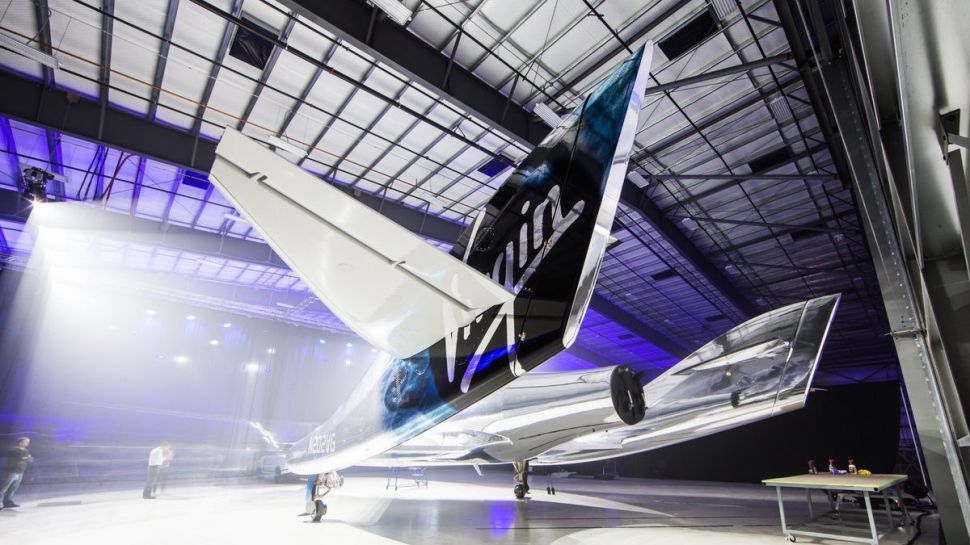Virgin Galactic's 'Unity' spacecraft just completed its first glide flight
Two years after the crash of its predecessor

Commercial spaceflight company Virgin Galactic has announced the successful completion of the first unpowered solo flight of its VSS Unity spacecraft.
In the skies over the Mojave Air & Space Port in California, the craft was released from its mothership - the VMS Eve, and glided safely back to Earth from an altitude of 15 km at a maximum speed of about 740 km/h.
"VSS Unity has landed. Vehicle and crew are back safe and sound after a successful first glide test flight," Virgin Galactic tweeted.
Flown Solo
It's the first time that a Virgin Galactic craft has flown solo since the fatal crash of VSS Unity's predecessor, the VSS Enterprise, in October 2014. The accident, which killed the craft's copilot, was blamed on premature brake deployment.
This successful glide flight of VSS Unity paves the way for testing to resume but there is still a long way to go. "We have not yet reached the rocket powered phase of the test flight program," Virgin Galactic wrote in a press release.
"First we need to gather test flight data to confirm our analyses and calculations about how VSS Unity will perform in a wide variety of real-world flight conditions."
Edge of Space
Virgin Galactic, unlike competitors like SpaceX and Blue Origin, only plans to carry tourists to the edge of space - an altitude of 100km above the surface. On that journey, however, passengers will still get to experience weightlessness and see the curvature of the Earth. More than 600 people have already signed up for a $250,000 ticket.
Sign up for breaking news, reviews, opinion, top tech deals, and more.
"We’re looking forward to getting back into the skies as soon as the engineers say we are ready to do so," the company wrote.
